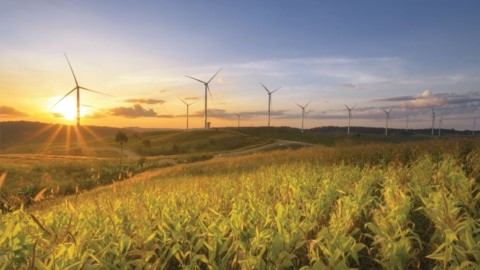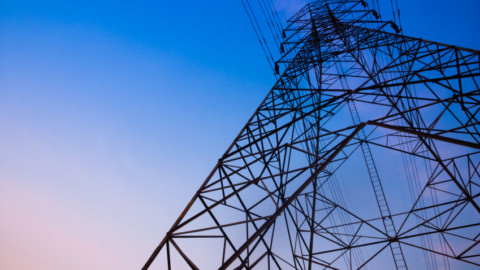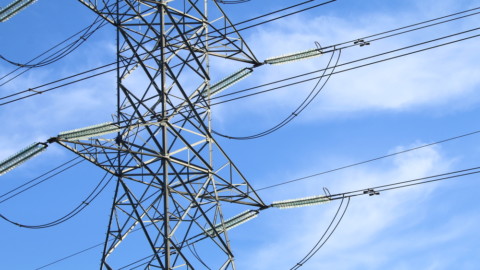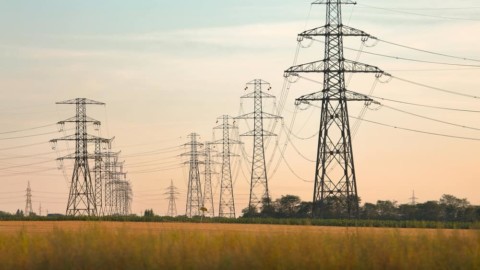Sense real-time smart energy monitoring technology engineered to help Asia-Pacific nations achieve Net Zero emissions is being demonstrated at the ENLIT Asia conference, for the first time in the AP region.
Australia’s existing smart meter technology needs to be upgraded to deliver a low carbon energy transformation to domestic homes. Real-time device detection at the individual appliance level is in the national interest, and it reduces household power bills.
Enlit Asia, held in Bangkok in September, showcases expert knowledge, innovative solutions and foresight from industry leaders, including Michael Jary, the International Managing Director for Sense, who earlier this year announced the establishment of a Sense operation in Australia within 12 months, to embed the technology in the next generation of smart energy meters here.
Attendees at ENLIT Asia experienced the first live demonstration of the Sense application, which uses artificial intelligence and high resolution waveform data to deliver unique insights at the grid edge.
Conference attendees saw a live demonstration of appliances as they turn on and off, and how much energy the individual appliances are using in the moment.
The Sense app runs on next generation, AI-capable smart meters, turning them into intelligent grid edge devices. With AI for smart meters, Sense delivers the ability for energy providers to:
- Improve their customer engagement and satisfaction with real-time, detailed device detection, consumption insights, and in-home intelligence
- Leverage flexibility behind the meter with both behavioral and automated, implicit and explicit, demand side response
- Detect and geolocate faults on the grid
- Enhance demand forecasting
- Improve consumption reduction for mandated energy efficiency programmes
Also, during the conference, Mr Jary spoke at a Knowledge Hub session about how artificial intelligence at the grid edge can unlock domestic flexibility for energy suppliers, transform their customer experience, and drive loyalty.
“There is a growing recognition that next generation smart meters with AI capability have a transformative role to play in the world’s energy transition,” Mr Jary said.
“By engaging with consumers through real-time device detection, the Sense app can help them identify energy waste, track their electricity costs and save.
“Through customer engagement and automation, Sense intelligence will enable energy providers to meet carbon reduction goals.
“Already, in North America, nearly 2 million meters are planned for upgrade to next generation meters that support the Sense app.”
Mr Jary said households need to be equipped to enable them to be active participants in the low carbon economy as domestic processes and transport are fully electrified.
Mr Jary said embedding of Sense’s AI technology into smart meters, where it processes high-resolution waveform data in real time, would be a relatively small step for each of Australia’s approximately 10 million households, but would have a major impact collectively on reaching Australia’s Net Zero goals sooner.
The key to this transformation is the combination of AI and data.
Currently most smart meters upload 15-minute interval data that can’t support real-time consumer experiences.
Sense’s load disaggregation samples power at many thousands of times per second, then uses high resolution waveform data analysis to track device activity in homes and to diagnose a range of failure modes in devices and the grid.
As Sense intelligence becomes integrated into smart home devices, such as EV chargers, air conditioning units, and water heaters, it will be able to trigger automations that reduce carbon emissions even further and support demand flexibility programs.
With unprecedented levels of engagement compared to most utility apps and websites, the Sense app has demonstrated the potential for 8 per cent average annual energy savings in utility pilot programs, with up to 25 per cent savings for engaged users. The potential for peak demand management is even higher.
In a joint project with OhmConnect, Sense users lowered their home energy usage 18 per cent during events, a 160 per cent increase in savings compared to users in the same program without Sense.
About Sense
Sense’s mission is to reduce global carbon emissions by making homes smarter and efficient. It empowers people to care for their homes and families while contributing to a cleaner, more resilient future. Founded in 2013 by pioneers in speech recognition, Sense uses machine learning technology to provide real-time insights ondevice behavior, even for those devices that are not ‘smart’. Customers rely on Sense for a wide range of uses including monitoring their home appliances, determining whether they left appliances running and identifying how to reduce their energy costs.
This sponsored editorial is brought to you by Sense. For more information, visit sense.com.


















